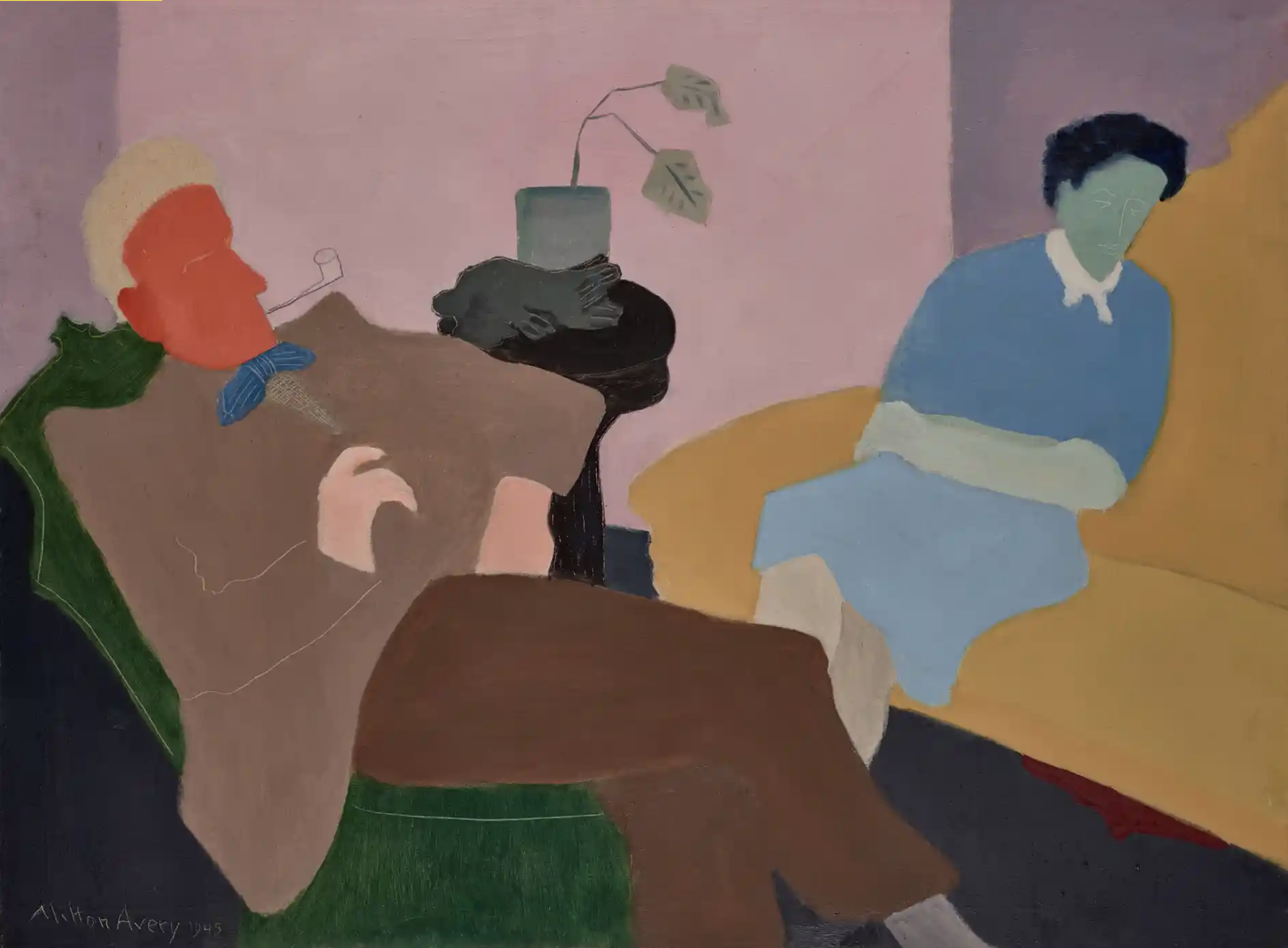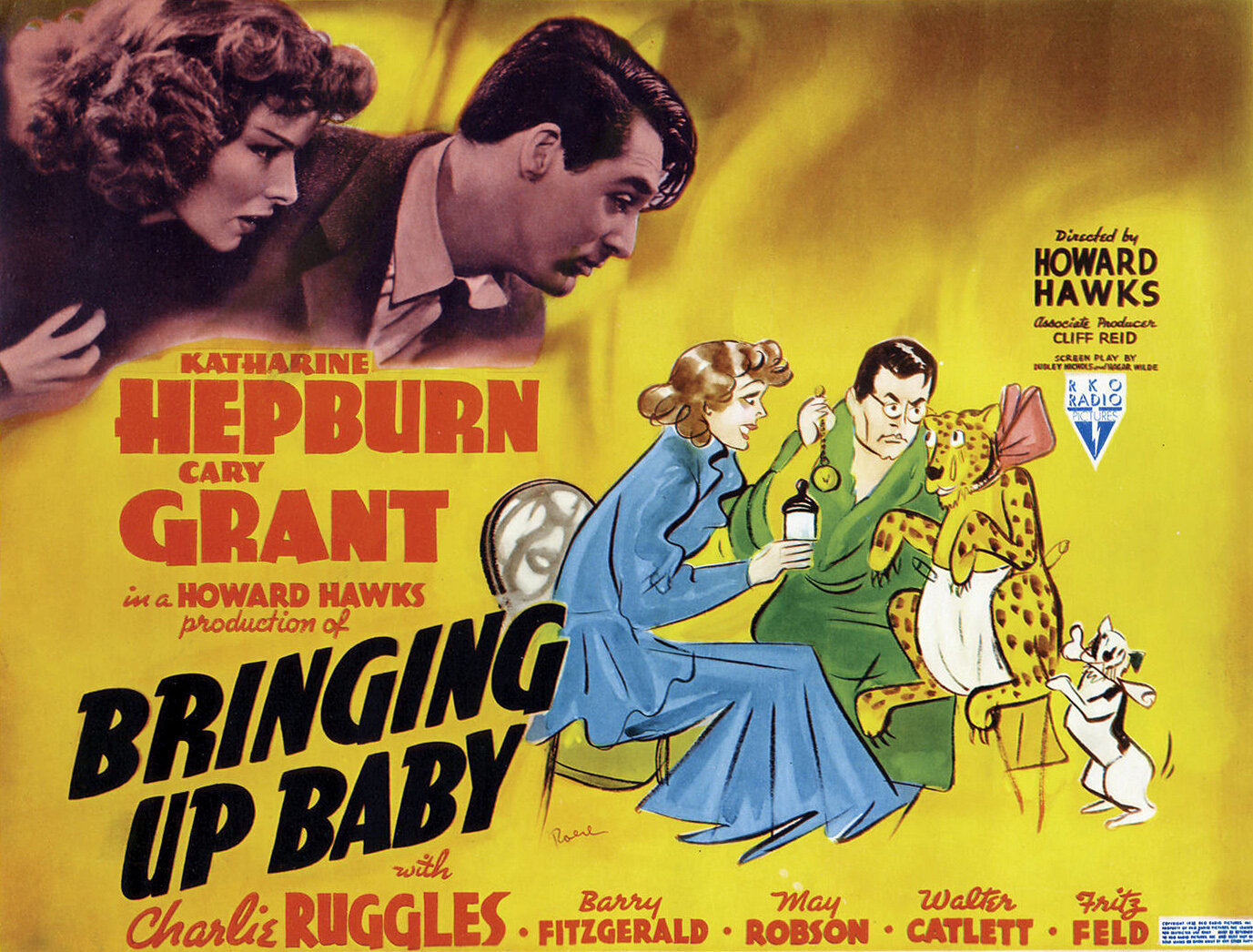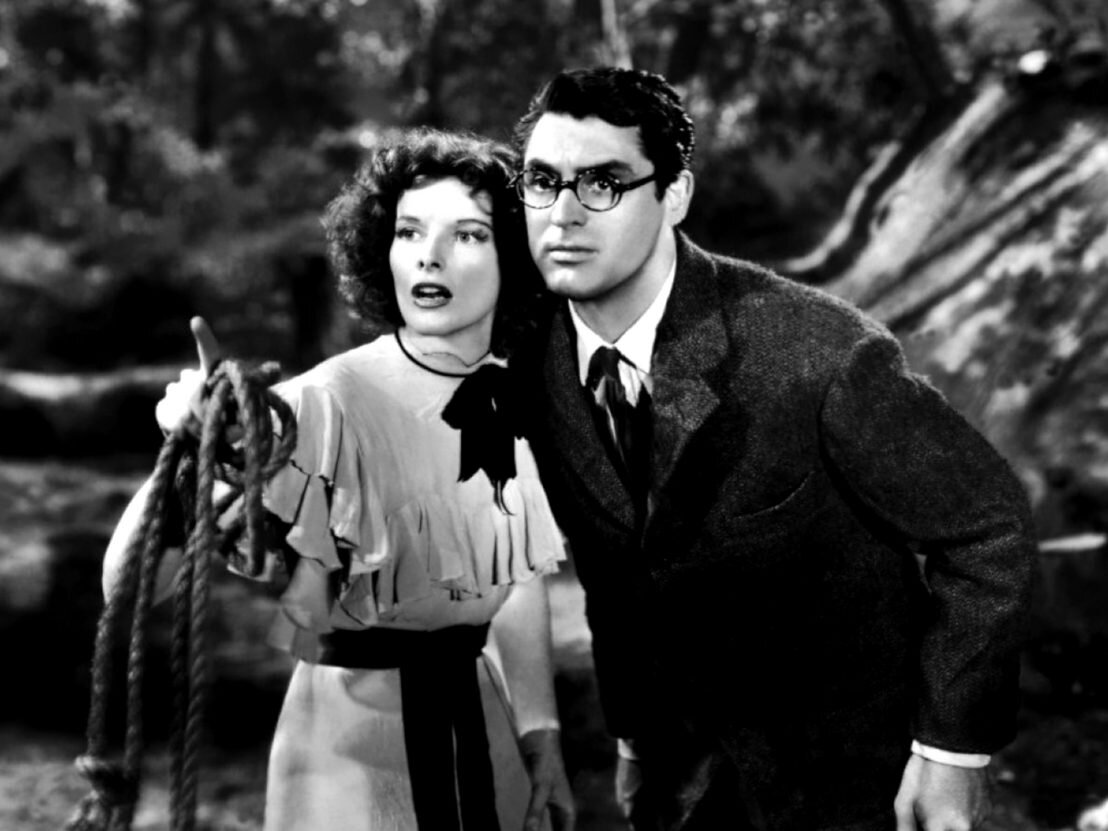The Creative Life of Milton Avery: ‘Why Talk When You Can Paint?’
Husband and Wife, 1945 by Milton Avery. © 2022 Milton Avery Trust/ Artists Rights Society (ARS), New York and DACS, London
‘I always take something out of my pictures, strip the design to essentials. The facts do not interest me so much as the essentials of nature.'
Milton Avery
I recently attended an excellent exhibition of the work of American artist Milton Avery (Royal Academy, London until 16 October).
From working class stock, Avery took factory jobs to sustain him while he studied art. Continuing to attend night classes and visiting galleries at the weekend, for the most part he laboured in obscurity, creating a painting every day in his small New York apartment. Never affiliated to any particular group, he created a bridge between American Impressionism and Abstract Expressionism and inspired younger artists to follow their own path.
Avery teaches us a good deal about living a truly creative life.
‘I never have any rules to follow. I follow myself.’
Born in 1885 in Altmar, New York, the son of a tanner, Avery grew up in Connecticut. He left school at 16 and spent a decade working in different blue-collar jobs - as an aligner, an assembler, a latheman and a mechanic.
With a view to acquiring more lucrative skills, Avery enrolled in an evening class in ‘commercial lettering’ at the Connecticut League of Art Students. Soon after, his tutor advised him to transfer to life drawing. In 1917 he began working nights in order to paint in the daytime.
Blue Trees, 1945 (Collection Neuberger Museum of Art)
From the Impressionists Avery adopted the practice of drawing and painting outdoors, en plein air. His early work captured the essential beauty of blossoming trees, peaceful rivers, big skies and setting suns.
In 1924 Avery met Sally Michel, a young art student, and two years later they married and moved to New York. Her income as a commercial illustrator enabled him to devote himself more fully to painting.
The Averys spent the summer months in the country, where he made sketches and painted watercolours. Once back in New York, he translated these into oils in their modest apartment. (He didn’t have a studio.)
'Nature is my springboard. From her I get my initial impetus. I have tried to relate the visible drama of mountains, trees, and bleached fields with the fantasy of wind blowing and changing colors and forms.'
Avery’s daughter March recalls that he approached his art ‘like a factory worker.’
‘He was always painting in the living room…He would get up, have breakfast – coffee and an English muffin – and get to work. At noon, break for lunch. He would then paint in the afternoon until about 5 pm.'
March Avery Cavanaugh
March in Brown, 1954.
Oil on canvas. 111.8 x 81.3 cm. Private collection. Courtesy Victoria Miro, London
Avery was a taciturn man. Days would go by without him saying a word.
‘Why talk when you can paint?’
The Averys spent every Saturday visiting galleries and museums, including, from 1929, the newly opened Museum of Modern Art. They regularly hosted soirees, their guests including young artists Mark Rothko, Adolph Gottlieb and Barnett Newman. Avery sat quietly sketching, while the attendees discussed art and read poetry, and black cocker spaniel Picasso demonstrated his latest tricks.
Gradually Avery’s landscapes evolved beyond naturalistic representation: views were simplified and details omitted; planes were flattened, colours and shapes distorted. His work became more abstract.
Avery also painted intimate domestic scenes, again in a colour-rich, minimalist style. March sits in quiet reflection, her chestnut hair wrapped in a neat babushka, her face delicately etched, her torso distilled into a plum-coloured flat form. A husband and wife relax at home, she in a cornflower blue dress, arms folded, he in a brown suit and cobalt bow tie, puffing on his pipe.
'I try to construct a picture in which shapes, spaces, colors, form a set of unique relationships, independent of any subject matter. At the same time I try to capture and translate the excitement and emotion aroused in me by the impact with the original idea.’
Avery participated in a number of small group exhibitions, and a few of his paintings were purchased by major museums and collectors. But for the most part he was under the radar. It was not until 1952, when he was 67, that he received his first full-scale retrospective.
As he grew older Avery’s art continued its journey towards abstraction. He thinned his pigments and painted blocks of colour on the canvas in closely related tones. And yet his work always retained some connection to the original inspiration.
Boathouse by the Sea, 1959
Oil on canvas. 182.9 x 152.4 cm, 72 x 60 in © [2022] The Milton Avery Trust. Courtesy Victoria Miro
Two cream-sailed yachts trace their way through a flamingo-pink sea. A view of a boathouse is reduced to horizontal planes of black, yellow, turquoise and orange. Amber and lemon beach blankets sit alone on peach sand beneath a butterscotch sky.
Avery’s colours express an intense sense of time and place.
‘I eliminate and simplify, leaving apparently nothing but color and pattern.'
Avery died in 1965 following a long illness, and, appropriately, he was buried in the Artists Cemetery in Woodstock, New York. The painters that had so enjoyed his hospitality were forever grateful for his encouragement.
'Avery is first a great poet. His is the poetry of sheer loveliness, of sheer beauty.’ Mark Rothko tribute to Milton Avery, 1965
Avery was driven by a love of art, of nature and of colour. He wasn’t looking for attention or recognition. He teaches us that a creative life requires total dedication, an independent spirit, a generous heart and an endlessly curious mind.
'Art is like turning corners, one never knows what is around the corner until one has made the turn.’
'The corner, where struggle and greed fight.
We write songs about wrong ‘cause it’s hard to see right.
Look to the sky, hoping it will bleed light.
Reality's a bitch, and I heard that she bites
The corner.
The corner was our Rock of Gibraltar, our Stonehenge
Our Taj Mahal, our monument.
Our testimonial to freedom, to peace, and to love.
Down on the corner.’
Common, ‘The Corner’ (L Lynn/ K West/ A Oyewole/ U BHassan/ L Moore)
No. 388






